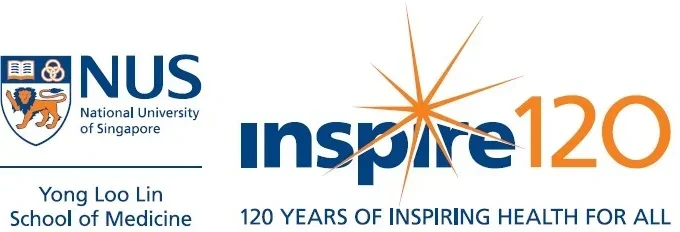Healthcare Ethics? Think like an engineer
Published: 12 Jan 2024

Innovation in healthcare and biomedicine is in decline, with few tools to assist researchers and entrepreneurs to generate innovative solutions to their problems.
To tackle this, researchers from the Yong Loo Lin School of Medicine, National University of Singapore (NUS Medicine) and the University of Oxford have successfully demonstrated how problem-solving techniques used in engineering, known as Innovation Enhancing Techniques, can be adapted and used to improve creativity in problem-solving when it comes to abstract problems faced in healthcare and biomedicine.
This new cognitive theory of innovation posits that innovative solutions typically emerge from two key steps: first, identifying a rarely or never-before noticed (obscure) feature of a problem’s elements, and second, constructing a solution based on this obscure feature.
These IETs are crafted to enhance creative problem-solving by helping individuals overcome psychological barriers such as functional fixedness, the tendency to view objects solely in their conventional roles, thereby enabling the generation of innovative ideas.
Enhancing creativity and idea generation in biomedicine not only fosters novel approaches to healthcare challenges but also streamlines the research and development process. This can lead to more rapid discovery and implementation of cost-effective healthcare solutions, reducing overall healthcare expenditures. Additionally, creative problem-solving can uncover more efficient uses of existing resources and technologies, potentially lowering the barriers to accessing advanced medical treatments.
To equip researchers, practitioners, and entrepreneurs from diverse fields with innovative tools, a team led by Professor Julian Savulescu from the Centre for Biomedical Ethics at NUS Medicine, alongside Dr. Sebastian Porsdam Mann and Anuraag Vazirani from the University of Oxford, showcased the adaptability of these techniques in generating solutions for problems with abstract goals using intangible resources. Their study, published in Nature Scientific Reports, illustrates this through a case study involving blockchain technology to achieve ethical goals in biomedicine, identifying 100 potential solutions using two IETS –BrainSwarming and the Generic Parts Technique.
The researchers point out that their success in using these techniques demonstrates their wide applicability across fields and problem types.
“The successful application of these techniques has vast potential to enable individuals to generate innovative ideas across disciplines. These techniques can act as force multipliers for the creative efforts of researchers, entrepreneurs, and other innovators, with significant downstream benefits for individuals and society,” said Prof Savulescu, a senior author of the study.
Read more in the media release here.

